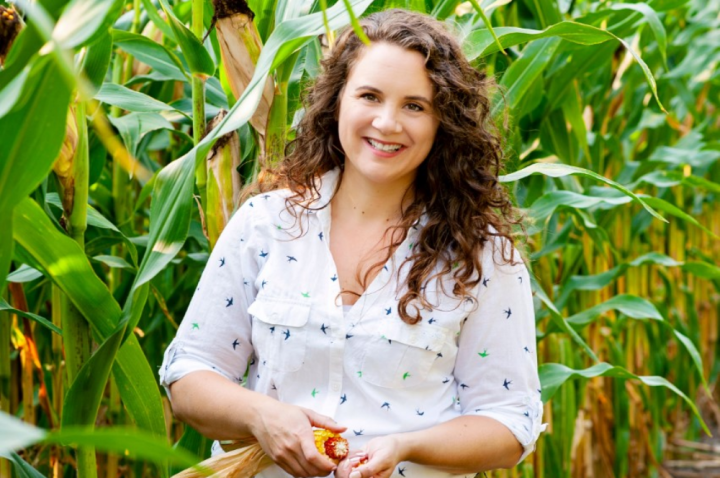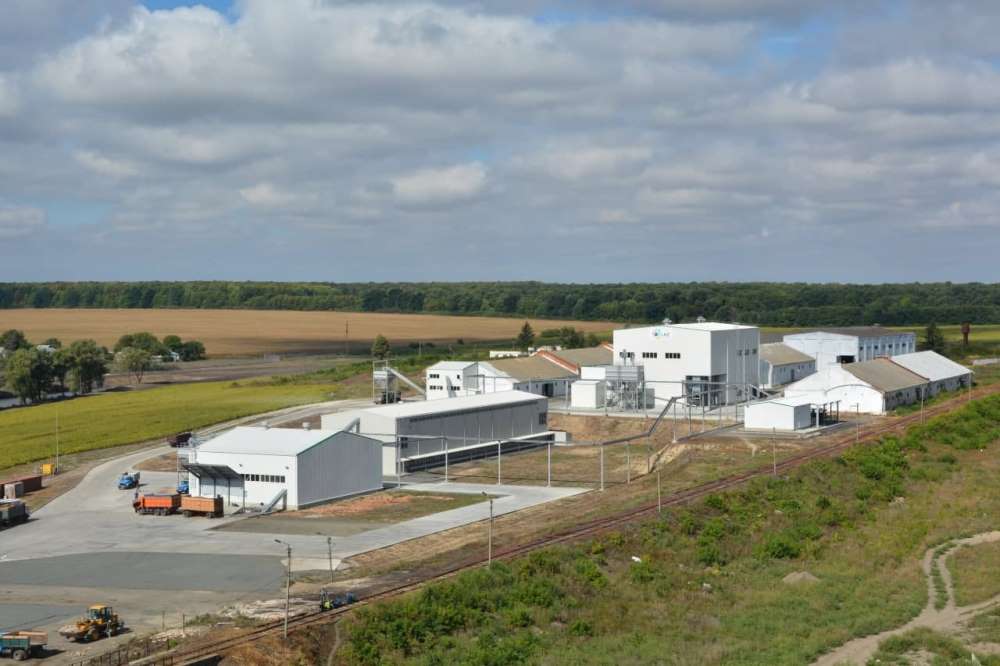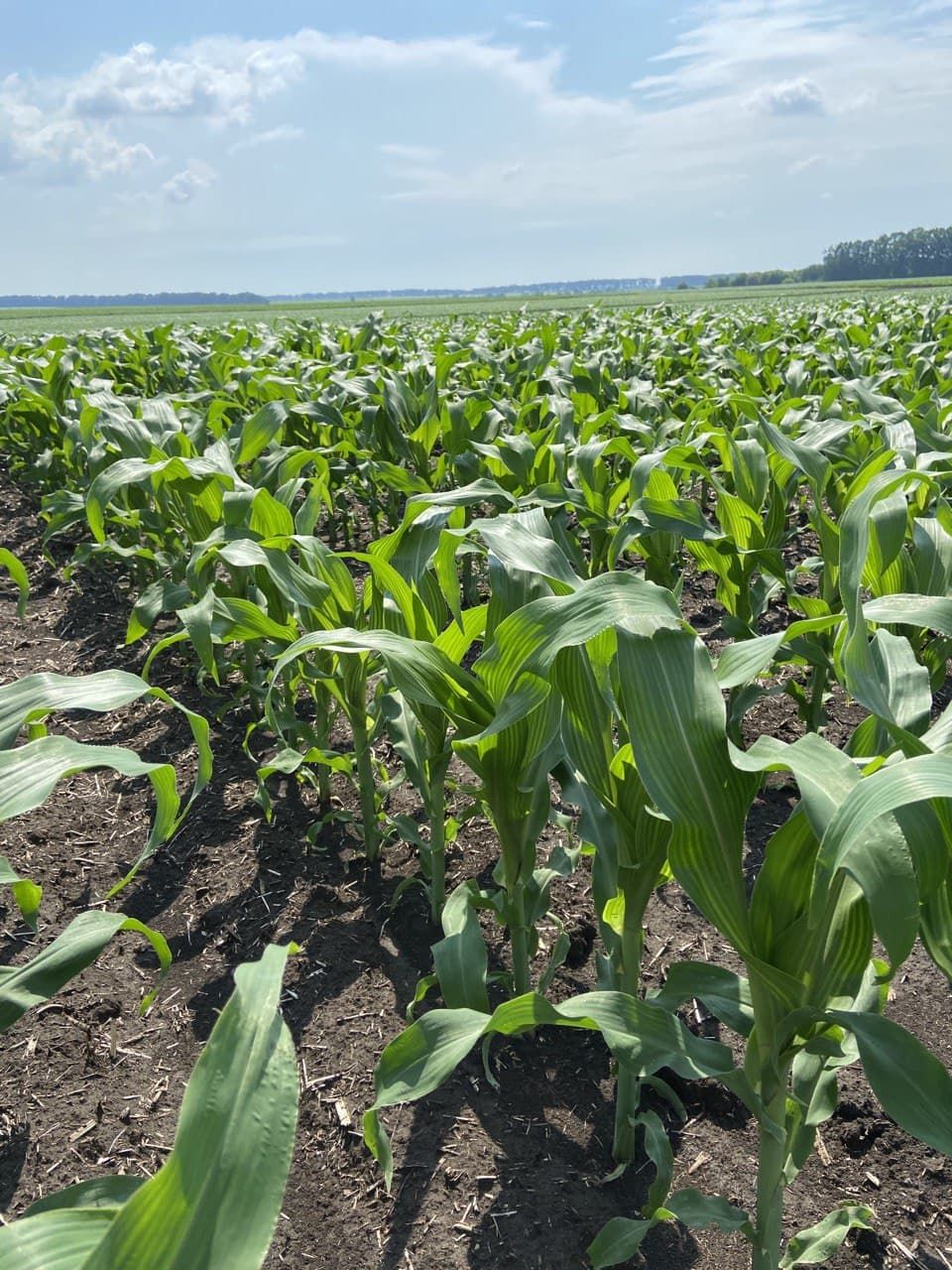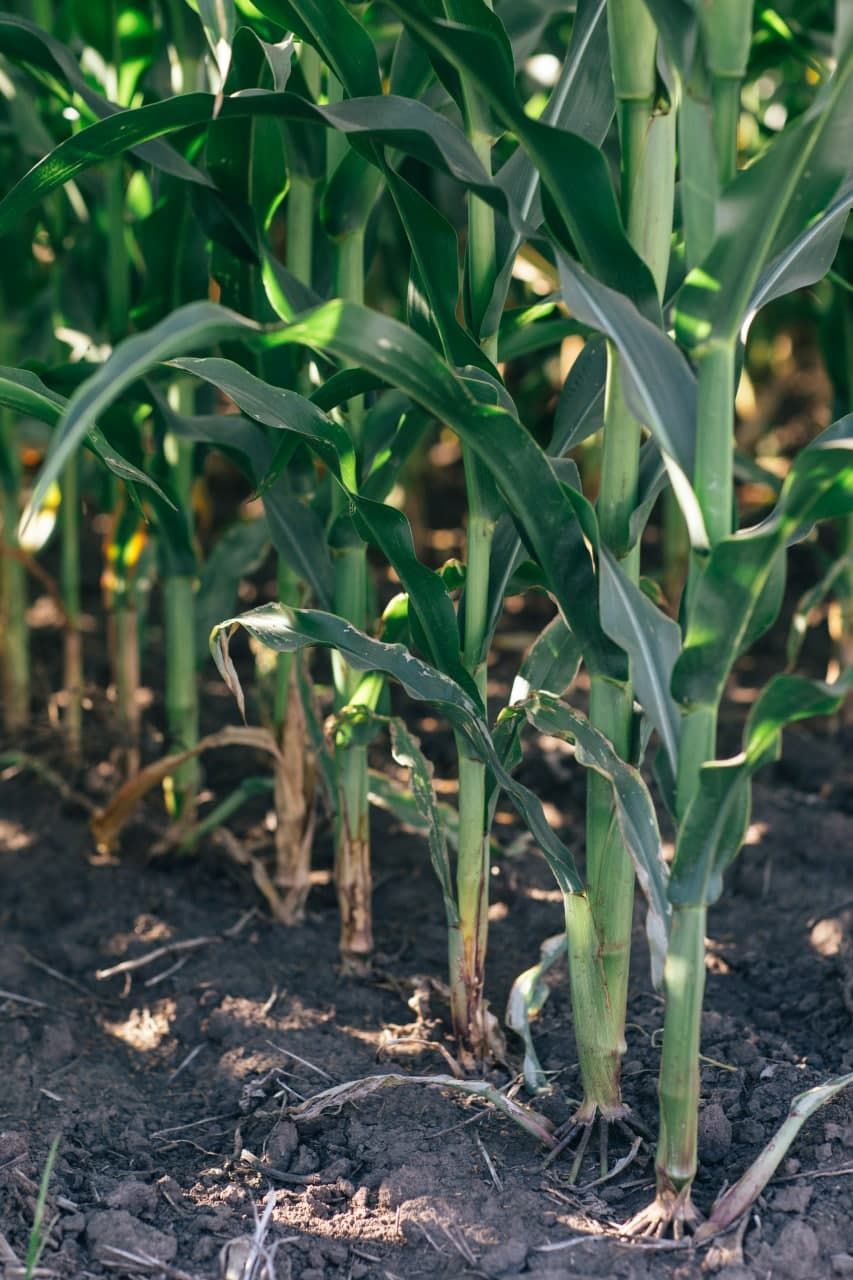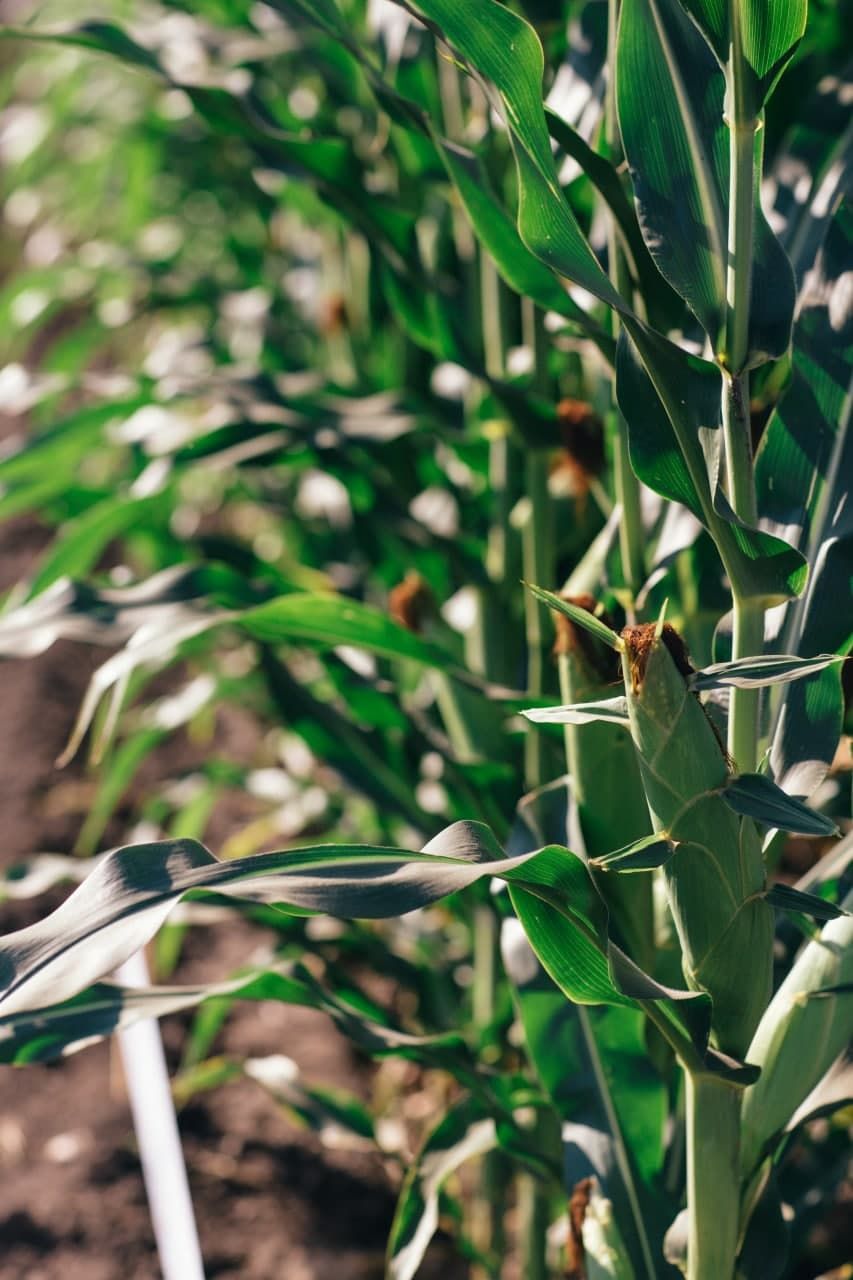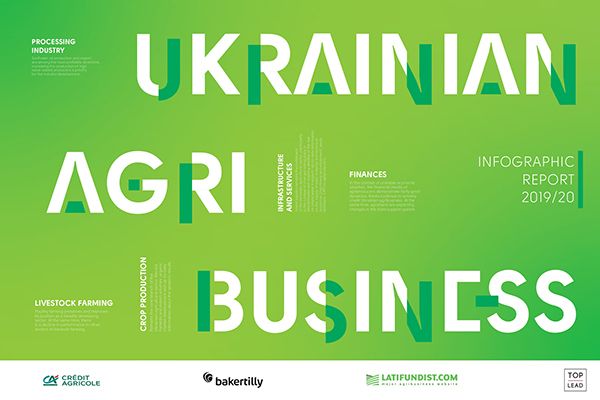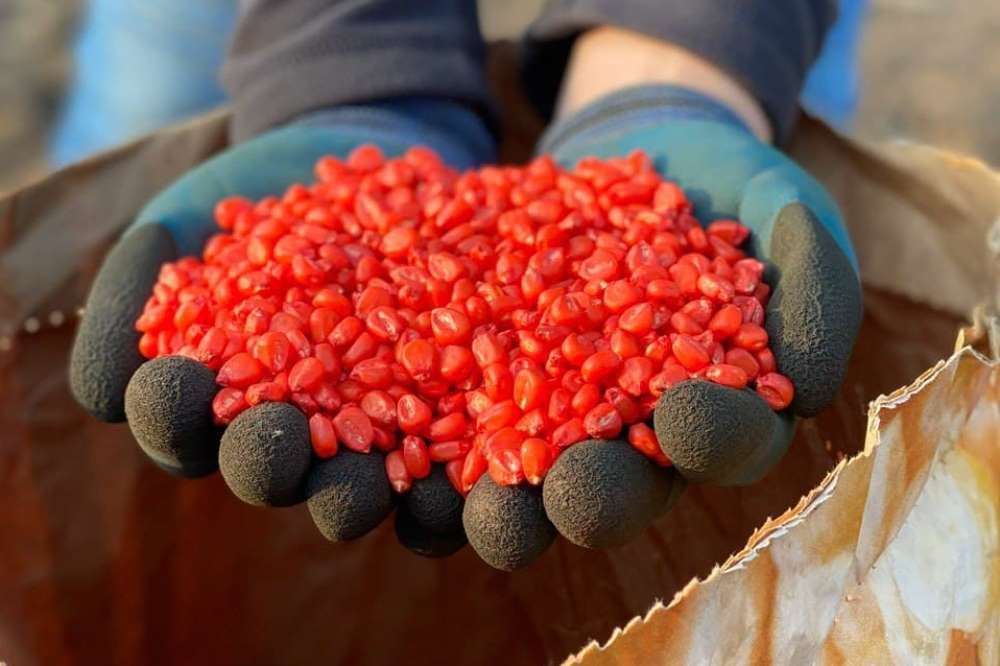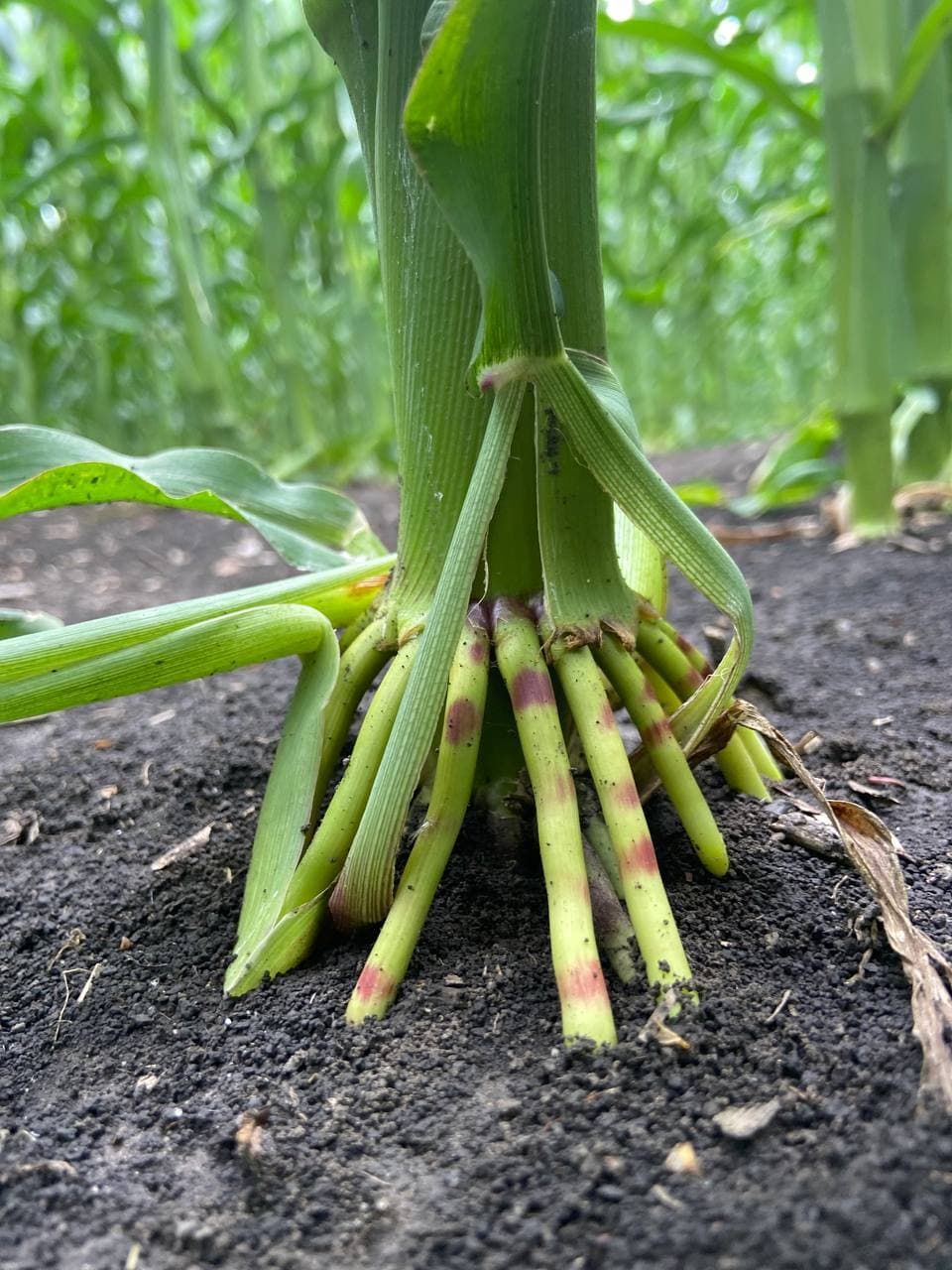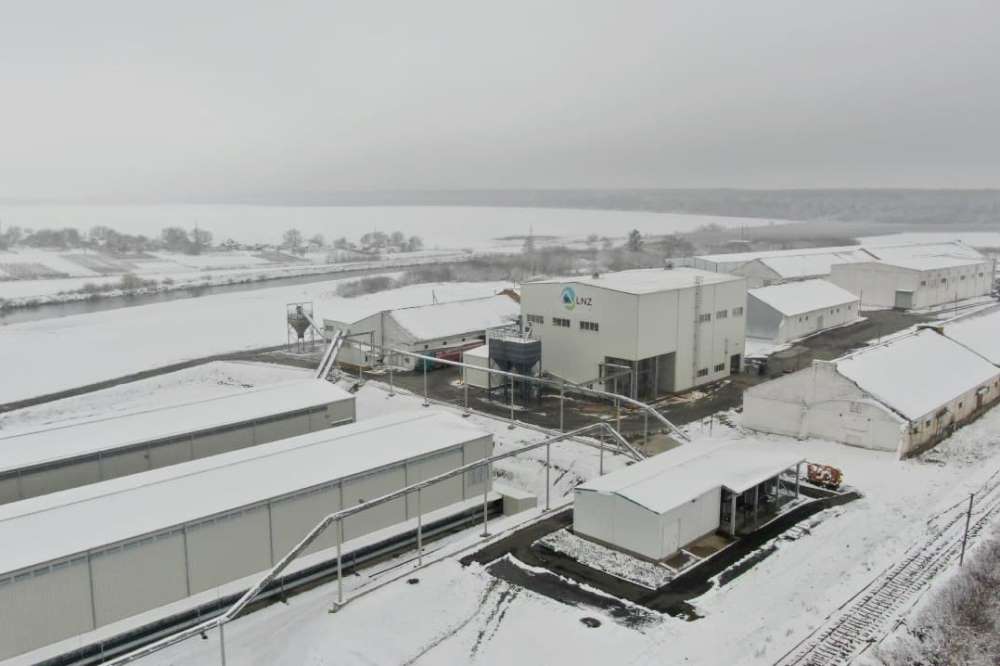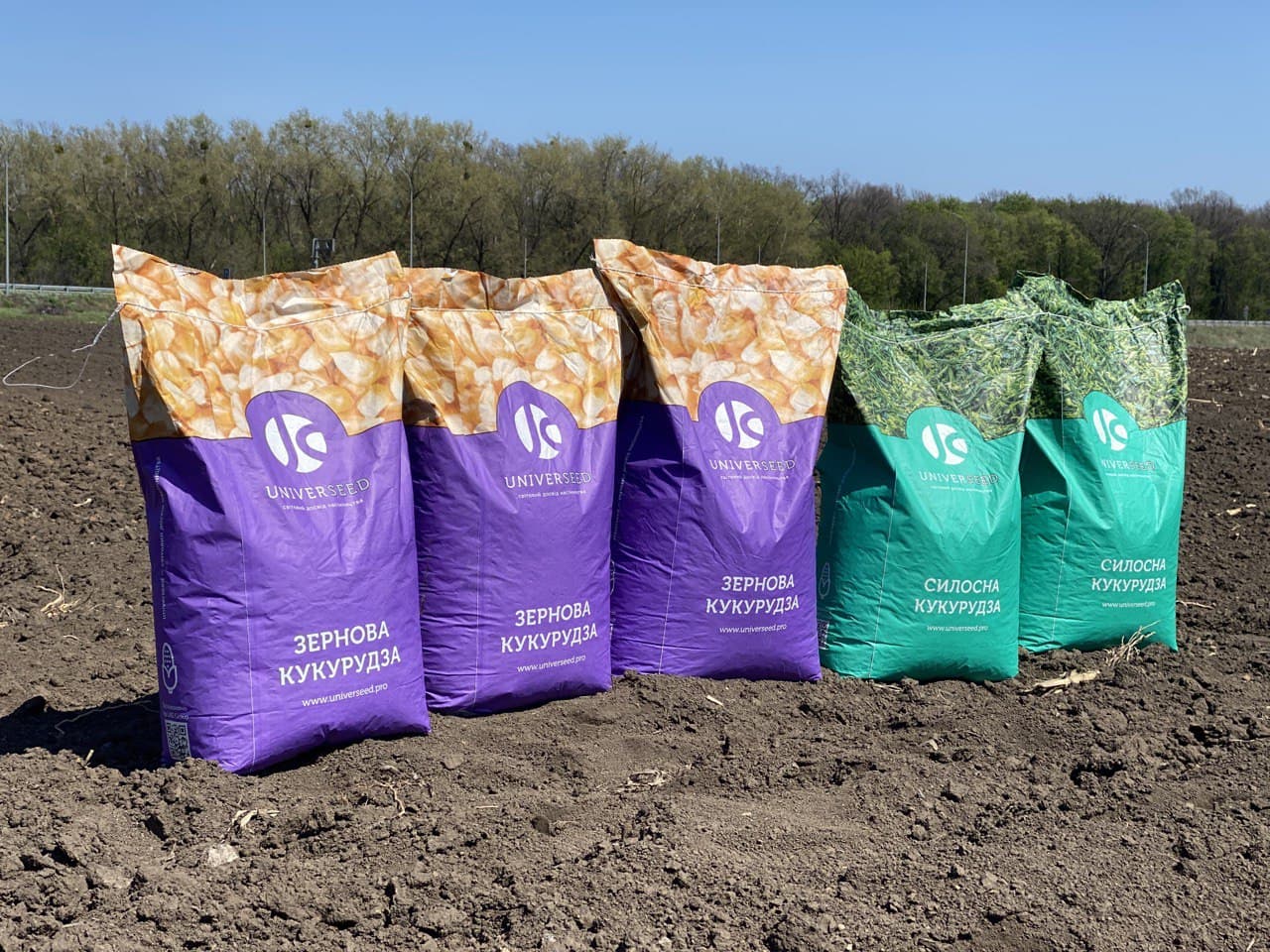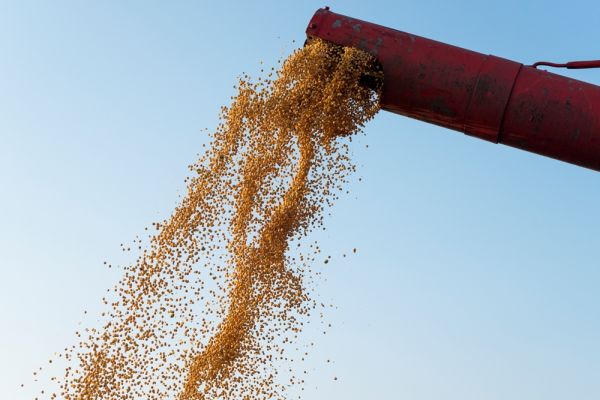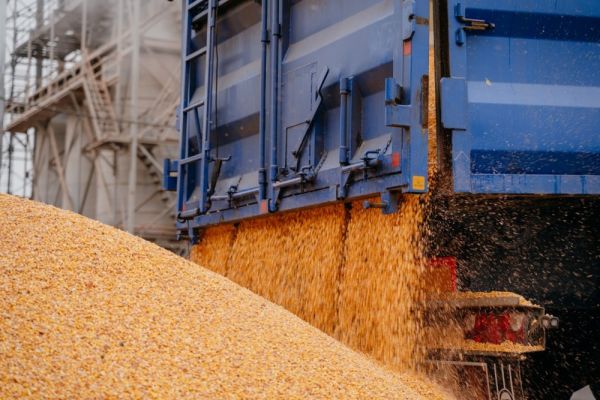UNIVERSEED — Combination of North American Selection and Ukrainian Production
Eighteen months ago, the vertically integrated agricultural holding LNZ Group released a new seed brand, UNIVERSEED, on the market. The unique feature of this brand consists in the fact that it combines North American genetics and Ukrainian production. Canadian breeding company NAPG (North American Plant Genetic) is LNZ Group's partner and supplier of genetic material. Latifundist.com interviewed the CEO of NAPG, Claire Cowan, on how the company entered the Ukrainian market, the way hybrids of UNIVERSEED are created and tested, and the specifics of Canadian agriculture.
Latifundist.com: How is the Canadian agricultural sector developing? What are the key sectors?
Claire Cowan: Agriculture is a major contributor to the Canadian economy; it accounts for 7.4% of our GDP and accounts for one in eight jobs. Primary agriculture is incredibly diverse in Canada and we are the fifth largest exporter and importer of agriculture and agri-food products in the world.
There are around 200,000 farms in Canada operating on 64 million hectares. Canadian geography creates distinct regions for agricultural sectors. Prairie provinces are considered the “bread basket” of Canada. This region is dominated by large grain farms. Eastern Canada has more diverse types of agriculture including grain farms, horticulture, vineyards, orchards and potato production. Livestock farming is well distributed across the country with all provinces having their own local supply of dairy products. Beef ranching is widespread in the Prairies while beef cattle in Eastern Canada are typically grain-fed.
Latifundist.com: In terms of the volume of land cultivated, what is the structure of market participants?
Claire Cowan: In Canada, 98 percent of farms are owned and operated by family units. In Western Canada, the average grain farm size is 850 ha while in Eastern Canada the average grain farm size is 200 hectares.
Latifundist.com: Has the coronacrisis affected Canada's agricultural sector? In what way?
Claire Cowan: Covid-19 has impacted Canada significantly and the agriculture sector is no different. Food processing was hardest hit which caused challenges for livestock producers. There were and continue to be outbreaks at meat processing plants across the country. Horticulture and more labour intensive crops were also negatively impacted. Many Canadian farms rely on foreign labour from Central and South America and the Caribbean. These employees come north for the season and live on a farm. There were delays in travel for these critical employees and outbreaks caused challenges for farms once people did arrive.
Large scale grain farms saw the least impact as they are typically operations with few employees who have the capability to work at safe distances.
Latifundist.com: What are the most commonly produced crops in Canada? Please name the top 3.
Claire Cowan: Wheat is our largest crop. In 2020, 10 million hectares were planted. Canada grows durum, winter wheat and spring wheat. Canola is our second-largest crop; 8 million hectares were planted in 2020. The third-largest crop is barley; 3 million hectares were planted in 2020. All three of these crops are staples in Western Canada. Which much more arable land, the Prairies always dominate the top of the charts for Canadian agriculture.
Latifundist.com: What area does corn cover in Canada? What is the annual production volume of this crop? What trend has there been over the last 5 years? Why?
Claire Cowan: Canadian corn hectares have remained steady at around 1.5 million hectares over the past 5 years. As such, production volume has also remained fairly steady between 13.5 to 14 million tonnes. Yield over the past 5 years has ranged from 10 to 13.5 tonnes per hectare depending on weather conditions.
Corn is king in Eastern Canada when it comes to row crop production. It’s a reliable crop with a relatively strong market return.
Latifundist.com: Tell us about the resistance of corn hybrids to Fusarium pathogens. How are hybrids resistant to Fusarium determined? How control and selection are carried out? In Ukraine, there are 2 main species: Fusarium Graminearum (comes with moisture) and Vertocileouedes (caused by pests). Are there hybrids resistant to these two types of the disease?
Claire Cowan: Fusarium is a critical issue for Canadian corn farmers depending on the season and the environmental conditions. It’s an issue we are very familiar with. There is no corn hybrid from anywhere that currently exists that is fully resistant to fusarium. There are corn hybrids that are more tolerant to fusarium and others that are more susceptible. Breeders in North America are always looking for hybrids with good tolerance and they select for those hybrids.
In our trials in Ukraine, we pay close attention to tolerance and susceptibility and make selections appropriately.
Latifundist.com: How many companies in the country specialize in corn breeding?
Claire Cowan: The big international players have a strong presence in Canada just like in Ukraine. In addition to those players, there are a half dozen independent breeders focused on corn in Canada. There is also a corn breeding program at one of the primary agriculture university in Canada.
In addition to sourcing genetics from Canadian corn breeders, NAPG works also with corn breeders — both independent and institutional in the US.
Latifundist.com: How do you expect the Canadian agricultural sector to develop in the coming years? Why (according to what strategy or under what preconditions)?
Claire Cowan: Agriculture in Canada is a mature sector. Export markets are incredibly important to the sector and the majority of farms are still producing internationally traded commodities.
Farmers in Canada are aging. The average age of a farmer in Canada is 55. The sector is working hard to attract younger and more diverse talent. Many farms are also taking advantage of niche market opportunities and are pursuing diversification and value-added strategies.
Environmental sustainability is a growing focus in the agricultural sector. This is the result of demand from consumers — nationally and internationally — and a desire to protect one of Canada’s greatest natural assets — our incredible farmland and water.
Latifundist.com: NAPG was established in 2016 and specialized in the production of corn hybrids. Why did the company expand seed range having included soybeans and other crops in 2018?
Claire Cowan: We started NAPG focused on our area of strength. We are well connected with corn breeders in North America and we're confident we could find corn hybrids that would fit the growing conditions of Ukraine.
In 2016 we began pursuing additional opportunities in soybeans and sorghum. With soybeans, John Cowan, the President and partner in NAPG has extensive experience from past roles at introducing Canadian corn and soybean seeds to Ukraine and other eastern European countries. He brought the variety Madison to the market in Ukraine from a Canadian breeding program. So, soybeans was a natural growth opportunity. We also brought on Don McClure to support our soybean expansion efforts. Don has a prolific career as a soybean breeder and is responsible for breeding some of the most successful soybean varieties in Canada.
Sorghum is more new to NAPG but an exciting opportunity. Sorghum is not grown extensively in Canada but we have many contacts with sorghum seed companies in the US. Breeders have been releasing increasingly earlier maturing sorghum hybrids in the US. These lower maturity hybrids are a good potential fit for Ukrainian conditions. Combined with the increasingly challenging drought conditions Ukraine has been facing, we see sorghum as an exciting long-term growth opportunity for NAPG.
Latifundist.com: Tell us how hybrids are created in your company. How many research sites does NAPG have? In which parts of the country are they located?
Claire Cowan: We source corn seed genetics from more than a dozen different breeders across Canada and the US. These breeders range from independent breeders to large institutions like universities to genetic management companies that source from their own fleet of breeders. We work with each of these breeders to identify potential hybrids that would fit for Ukraine. We look at data from their North American trials to select what enters our own trialling program.
We conduct all of our trials in Ukraine as it’s critical that we see these hybrids in Ukrainian conditions. In 2020, we had small-scale plot trials at 5 locations across Ukraine and our more advanced products were in an additional 15 larger-scale trials.
In 2020, we trialled over 250 different corn hybrids, of those over 200 were being trialled in Ukraine for the first time. We evaluate aggressively and weed out hybrids that don’t perform well in Ukrainian conditions. Our trialling program is a giant funnel. We feed a lot of hybrids in and we narrow those down until we have the best of the best to register, produce and sell.
Latifundist.com: What way do UNIVERSEED seeds travel from Canada to Ukraine? What are the stages of quality seed production in Canada?
Claire Cowan: All UNIVERSEED products are produced by LNZ in Ukraine. We have extensive experience with seed production in Canada and have worked with and managed exceptional seed producers in the past.
Seed production in Canada is carefully managed to ensure purity and quality. The procedures the best Canadian producers take are the same ones we see at LNZ. Seed production fields are well managed agronomically, irrigated and well isolated from other corn fields – which ensure the seed produced is of high purity. The processing plant at LNZ is state of the art and features high-quality technology that ensures seeds are processed, cleaned, treated and bagged efficiently and in a way that preserves quality.
Latifundist.com: How does Canada's climate assist in growing seeds for Ukraine? And does it actually do?
Claire Cowan: Since we produce our seed in Ukraine, the Canadian climate doesn’t impact us. Canada has a very small region that is suitable for corn seed production. All corn seed production in Canada is found in the extreme southwestern tip of Ontario where the conditions are prime. This is where NAPG is located and why we are so familiar with corn seed.
Latifundist.com: How did the cooperation with LNZ Group start? What led to it?
Claire Cowan: John Cowan met leaders of LNZ Group while he was doing business in Ukraine years ago. After he retired, LNZ approached him about starting a seed company that combined the best of North American genetics with Ukrainian production and market opportunities. At the time, I was working for a large multi-national company in marketing for seed and crop protection. As John wanted to continue to enjoy some of his retirement, we embarked on the opportunity to start NAPG as partners and I left my job to start the company with him.
Latifundist.com: What are the terms of cooperation with LNZ Group? And how satisfied are you with this cooperation?
Claire Cowan: LNZ Group is NAPG’s exclusive partner in Ukraine. We work with them on trialling and evaluation, seed production and sales and distribution. It’s an incredibly valuable and valued partnership. At NAPG, we know the seed. We know North American breeders and the potential of their products. LNZ Group brings the critical Ukrainian perspective. They understand agriculture in Ukraine, they know farmers, they know the conditions and they have an incredible team on the ground. This partnership allows us each to play to our strengths.
Latifundist.com: How, based on what parameters, does LNZ Group select hybrids for cultivation in Ukraine?
Claire Cowan: We look at a range of characteristics when assessing which hybrids to commercialize. The first and most important characteristic is the yield. If a hybrid doesn’t yield, it doesn’t get selected. We also look at how consistent a hybrid is — across locations, years and conditions. A hybrid that performs well in a range of conditions is an exciting hybrid for us. We also look at the full agronomic package. Does it have strong stalks? Is it susceptible to disease? Does it have good plant health overall? How fast does it dry down at harvest?
We work as a team with agronomists and experts at LNZ Group to evaluate hybrids to ensure we’re bringing strong products to the Ukrainian market.
Latifundist.com: What countries apart from Ukraine does the company supply seeds to?
Claire Cowan: We are totally focused on Ukraine. NAPG sources genetics from Canada and the US for exclusive production and sale under the brand UNIVERSEED in Ukraine.
Alla Sylyvonchyk, Latifundist.com

